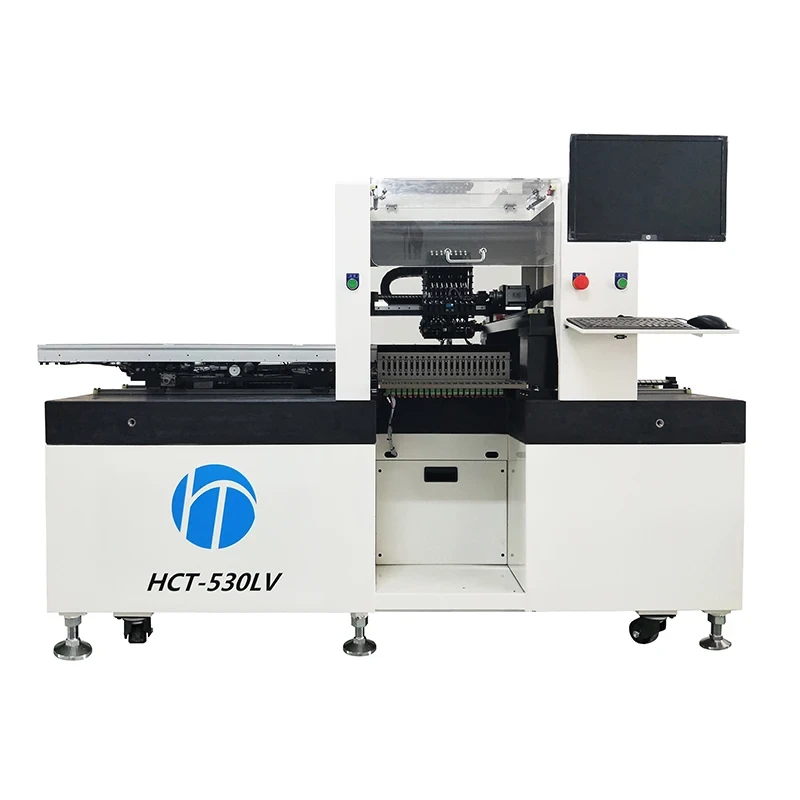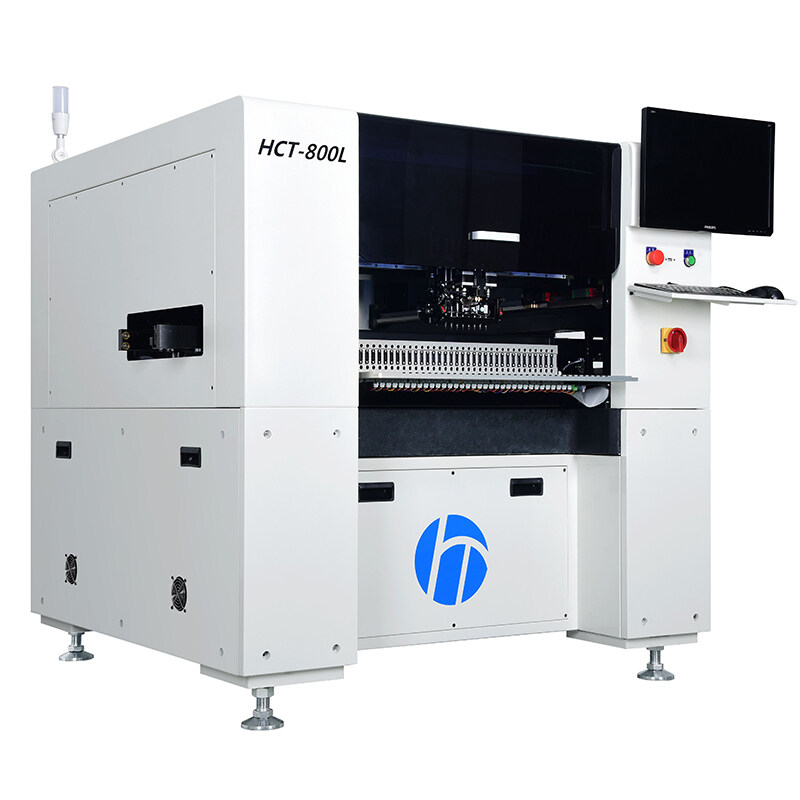E-Mail-Formatfehler
emailCannotEmpty
emailDoesExist
pwdLetterLimtTip
inconsistentPwd
pwdLetterLimtTip
inconsistentPwd


Bridging Precision and Affordability: The Semi-Automatic SMT Pick and Place Machine
In the dynamic world of electronics manufacturing, the assembly process is a critical stage that demands both precision and efficiency. Semi-Automatic SMT (Surface Mount Technology) Pick and Place Machines have emerged as a cost-effective solution, offering a balance between automation and manual control. This blog post explores the unique features and advantages of Semi-Automatic SMT Pick and Place Machines, highlighting their role in enhancing precision while maintaining affordability.
Semi-Automatic SMT Pick and Place Machines: A Hybrid Approach to Precision Assembly
Semi-Automatic SMT Pick and Place Machines represent a middle ground between fully manual assembly and fully automated SMT lines. These machines retain the flexibility and control of manual processes while integrating automated features to enhance accuracy and speed in component placement.
Manual Precision with Automated Assistance:
The primary distinction of Semi-Automatic SMT Pick and Place Machines is their ability to offer manual precision with automated assistance. Operators have control over the placement process, allowing them to fine-tune component positions manually. Simultaneously, the machine provides automated assistance in picking up components, reducing the chances of errors and improving overall precision.
Cost-Effective Automation:
Affordability is a key feature of Semi-Automatic SMT Pick and Place Machines. While fully automated SMT lines can be a significant investment, these machines provide a cost-effective alternative for manufacturers seeking to introduce automation without the high associated costs. This makes them accessible to a broader range of businesses, including small and medium-sized enterprises.
Flexibility in Production:
Semi-Automatic SMT Pick and Place Machines offer flexibility in production. Operators can easily switch between different components and assemblies without the need for extensive reprogramming or setup changes. This flexibility is crucial for manufacturers dealing with varying product lines or frequent changes in assembly requirements.
User-Friendly Interface:
A user-friendly interface is a notable feature of Semi-Automatic SMT Pick and Place Machines. The machines are designed with intuitive controls that make it easy for operators to program, adjust, and monitor the assembly process. This user-friendly aspect enhances the efficiency of operators and reduces the learning curve associated with new equipment.
Adaptability to Prototyping:
Semi-Automatic SMT Pick and Place Machines are well-suited for prototyping purposes. The manual control allows operators to make real-time adjustments during the assembly of prototypes, ensuring quick iterations and refinement of designs. This adaptability is beneficial for companies engaged in product development and testing.
Space Optimization:
These machines contribute to space optimization on the manufacturing floor. Compared to fully automated SMT lines, semi-automatic machines typically have a smaller footprint. This makes them suitable for manufacturers with limited space or those looking to integrate SMT assembly into existing production setups.
Scalability for Growing Businesses:
Scalability is another advantage of Semi-Automatic SMT Pick and Place Machines. As businesses grow, they can scale up their production capabilities by incorporating additional semi-automatic machines or transitioning to fully automated solutions. This scalability aligns with the evolving needs of expanding manufacturing operations.
Conclusion:
In conclusion, Semi-Automatic SMT Pick and Place Machines offer a hybrid approach to precision assembly, combining manual control with automated assistance. Their cost-effective nature, flexibility in production, user-friendly interface, adaptability to prototyping, space optimization, and scalability make them a valuable choice for manufacturers seeking to balance precision with affordability. As the electronics industry continues to evolve, these machines play a vital role in providing accessible automation solutions to a diverse range of businesses, contributing to the advancement of electronics manufacturing processes.

